
EDITORIAL
10-05-2021 by Freddie del Curatolo
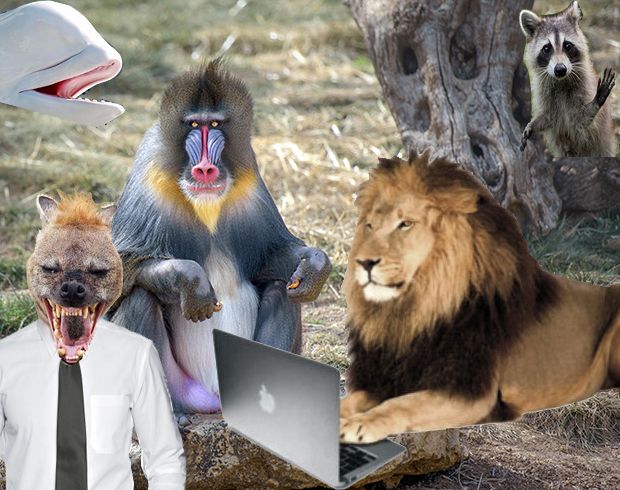
As you have also read on our portal, Kenya has recently launched the first modern census of the wildlife present on its territory.
This is an important operation, I would say fundamental in these times to better organise the conservation of species threatened by progress in all its forms (especially the involutional ones) and to boost tourism, which has been wiped out by the priorities of world health and those of the big pharmaceutical companies. The census, said the Kenyan government, will cover iconic and endangered species.
It would be the right time, given the historic low of foreigners outside their country of origin, for another important census: that of Italians in Kenya.
Never as after a year and more of lockdowns, tourism bans and other physical and mental blocks to travel, our compatriots between Nairobi and the coast, are reduced to historic lows.
The iconic species for the natural course of life are gradually disappearing and, if they have spawned, often their heirs have moved elsewhere, the generational turnover has been minimal and, despite new arrivals who still have to adapt to the sub-Saharan climax, the number compared to past years is small. What's more, the trend is that they no longer live in herds, but each in his own little savannah. As a result, many Italian animals, which would also be interesting to study, are more difficult to find.
As far as endangered species are concerned... for the vast majority of them we are inclined to exclaim: "luckily!".
We know that it is never a good thing to wish for the disappearance of an animal species, not even when it comes to the scolopendra or the ruzzolamerde, but in this case we are obviously only talking about the abandonment of Kenyan soil...even if to certain elements that in the recent past have made us so proud to be children of the same country, we would wish to return to repopulate those ecosystems of small islands such as Sant'Elena, Ventotene or Alcatraz.
Let's take a closer look at the endangered Italian species in Kenya.
MANDRILL VIAGRENSIS: Even if many of them, despite their average age, are migratory creatures and in winter they can't wait to put their tired limbs back into the warmth of the equator, there are currently few specimens left of this Italic animal whose habits and tendencies are no longer linked to the reproductive system. As we know, the classic mandrills are fond of berries and nuts, while the viagrensis mandrill is fond of small blue seeds. Some have had their fill of them and passed on to the next generation, while for many others, the only cure is a lot of talking and whatsapps.
EVASOR BIRD: This cute little marsupial (not for cubs, but for other movable property), the first specimens of which appeared on Kenyan soil at the end of the 1970s, has almost disappeared. Rather than the pandemic, the vaccine against international crimes studied by Interpol and the Kenyan police has wiped out many of them. The collaboration has allowed the local police forces to inoculate the first dose (often without the 'o') and the Italian authorities to operate the recall. The few remaining hairy specimens, including the extremely rare dwarf koala, do not seem to be doing so well.
HYENA SORRIDENS: This is one of the most recent imported species, which settled between Nairobi, Malindi and Watamu at the beginning of the Millennium. It has proliferated for years on the wings of optimism, making proselytes thanks to its affability. He often presents himself as a serious and capable entrepreneur, just the right amount of schemer, dedicated to the pleasures of life but also attached to his family. His own, or those of others. His main characteristic is that he shows himself to be a friend and establishes a relationship of intimacy and sweetness with you, only to tear you to pieces. In order to live, however, the smiling hyena needs the economy to turn around, otherwise sweetness will not be able to turn into poison and diabetes will cause its extinction.
KEYBOARD LION: One of the most recent specimens. Its sudden disappearance from Kenya is due solely to lockdowns. It currently lives in captivity, in the true sense of the word, judging by the verses with which it expresses itself on social networks.
The distance from Kenya, where more than a feline it took on the features of a "baboon baboon" (another species to be studied, but for years a pool of female research students from the University of Machakos has been working on it) has caused it to grow a thick head of hair, probably to conceal the formation of unwitting horns.
WHITE LITTLE WHALE: In recent years, sea currents have beached dozens of these cetaceans native to the Mediterranean Sea, especially in Watamu. The mating instinct with black turtles has always been one of the driving forces behind the migration of female specimens, often of indefinite age and shape. Many of them, confined in cramped aquaria in Milan and Rome, have tried in every way to make the turtles migrate backwards, but for various reasons they have not moved their thoraxes, carapaces and retractile muscles from Kenya.
NEWS
by redazione
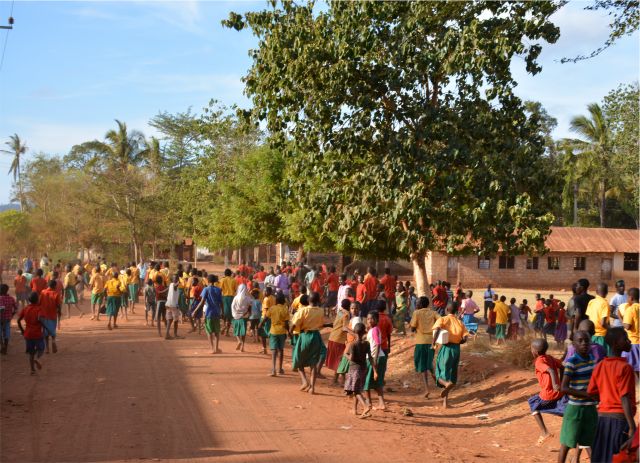
A week's sledge in the reopening of public schools in Kenya. The decision has been...

After the first two days of the ten-year census process in Kenya, the situation returns to normal:...
NOTICE
by Ambasciata d'Italia a Nairobi

The Italian Embassy in Nairobi informs that from next August 24th, around 6 p.m., the sixth census...

The sixth census of Kenyan citizens and residents officially ended last night, Saturday, ...
WILDLIFE
by redazione

Fighting against poaching and the international ivory ban are yielding their fruits: in three years the number of elephants in Kenya has increased almost 15 percent (14.7 for precision).
The announcement was made by the Kenya Wildlife Service, thanks to the...
WILDLIFE
by redazione
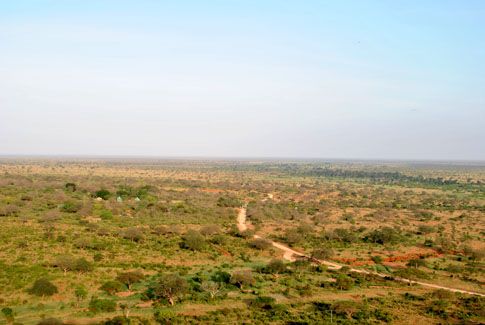
SHOW
by redazione

The satire and irony of Freddie del Curatolo and the musician and his sidekick Marco "Sbringo" Bigi...
NEWS
by redazione

From the evening of Saturday, August 24, Kenya takes the sixth census of the inhabitants of the...
NEWS
by Leni Frau
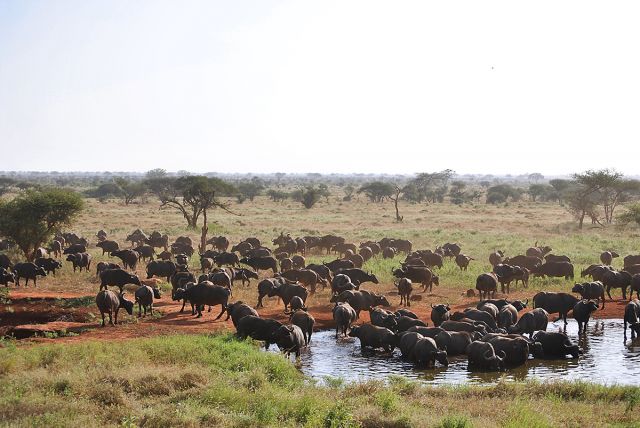
Kenya has launched its first national wildlife census.
It is a process that will take about...
EVENTS
by Leni Frau

A beautiful celebration of Kenya in Milan, next 30 September, to celebrate with Freddie del Curatolo...
EVENTI
by redazione

One last show to close the season and to hand over to the Italian non-profit organisation Karibuni the fruits...

Tomorrow evening, Friday 30 September from 6pm, the Kenya Festival in Milan, organised...
ENVIRONMENT
by Leni Frau
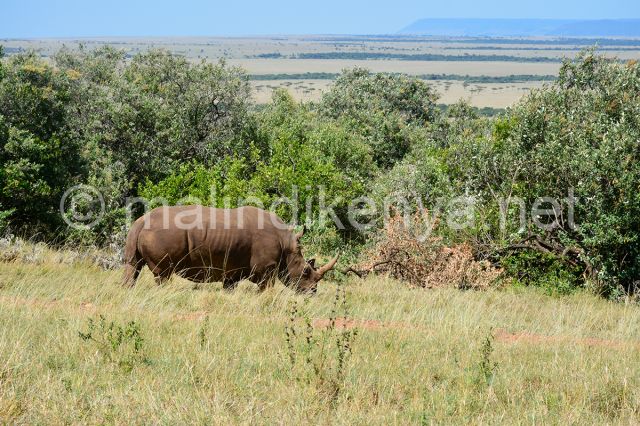
The first official data from the wildlife census, which began in February this year thanks to an initiative of the...
EVENTI
by Leni Frau

The date of the Kenya Festival in Milan organised by Africa magazine is approaching, Friday...
NEWS
by redazione
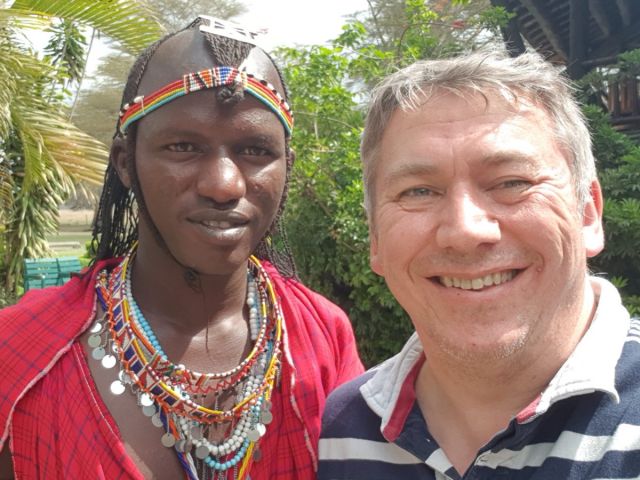
Journalists for passion, with a desire to tell and the need to do so freely.
Today it...